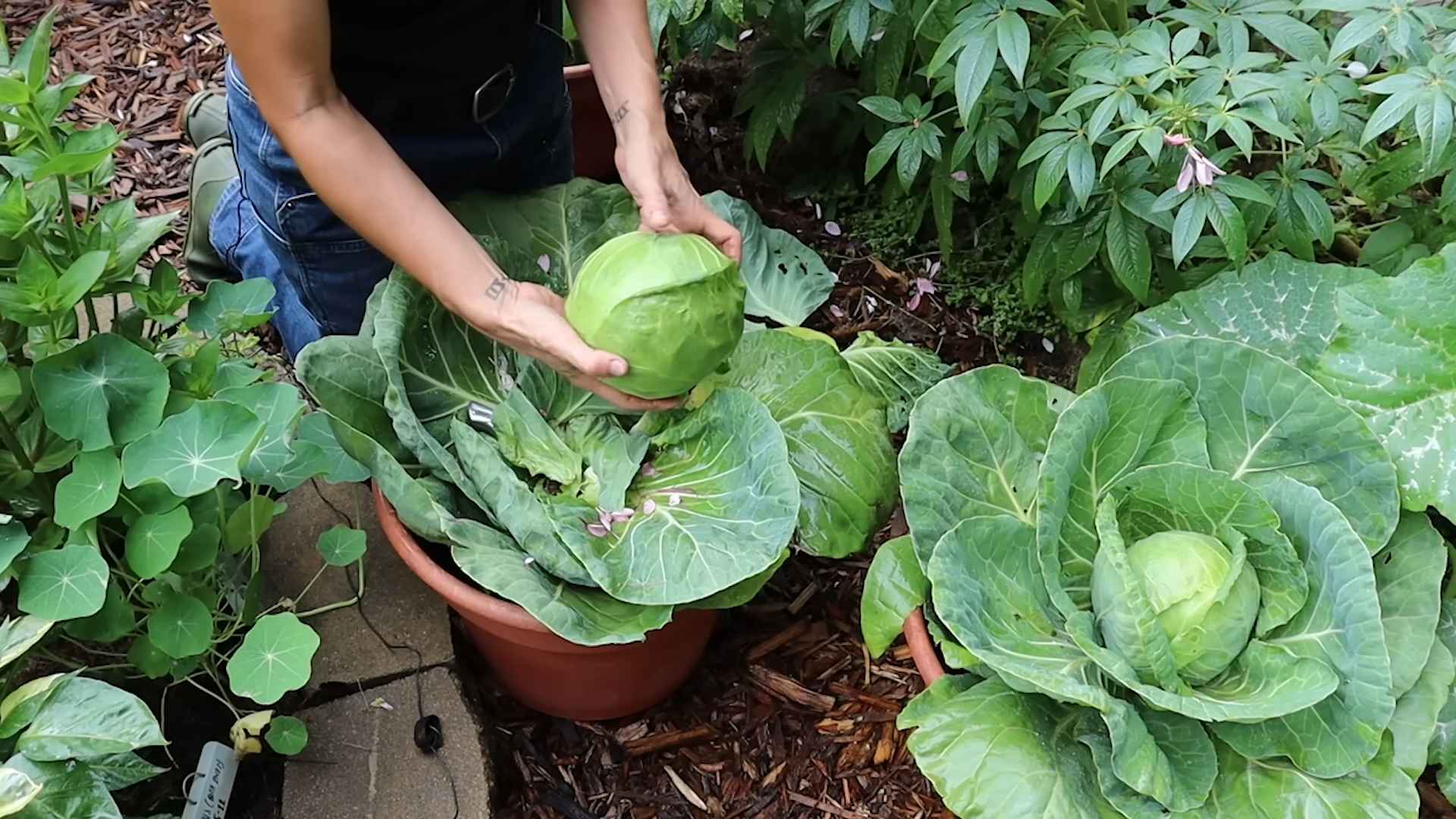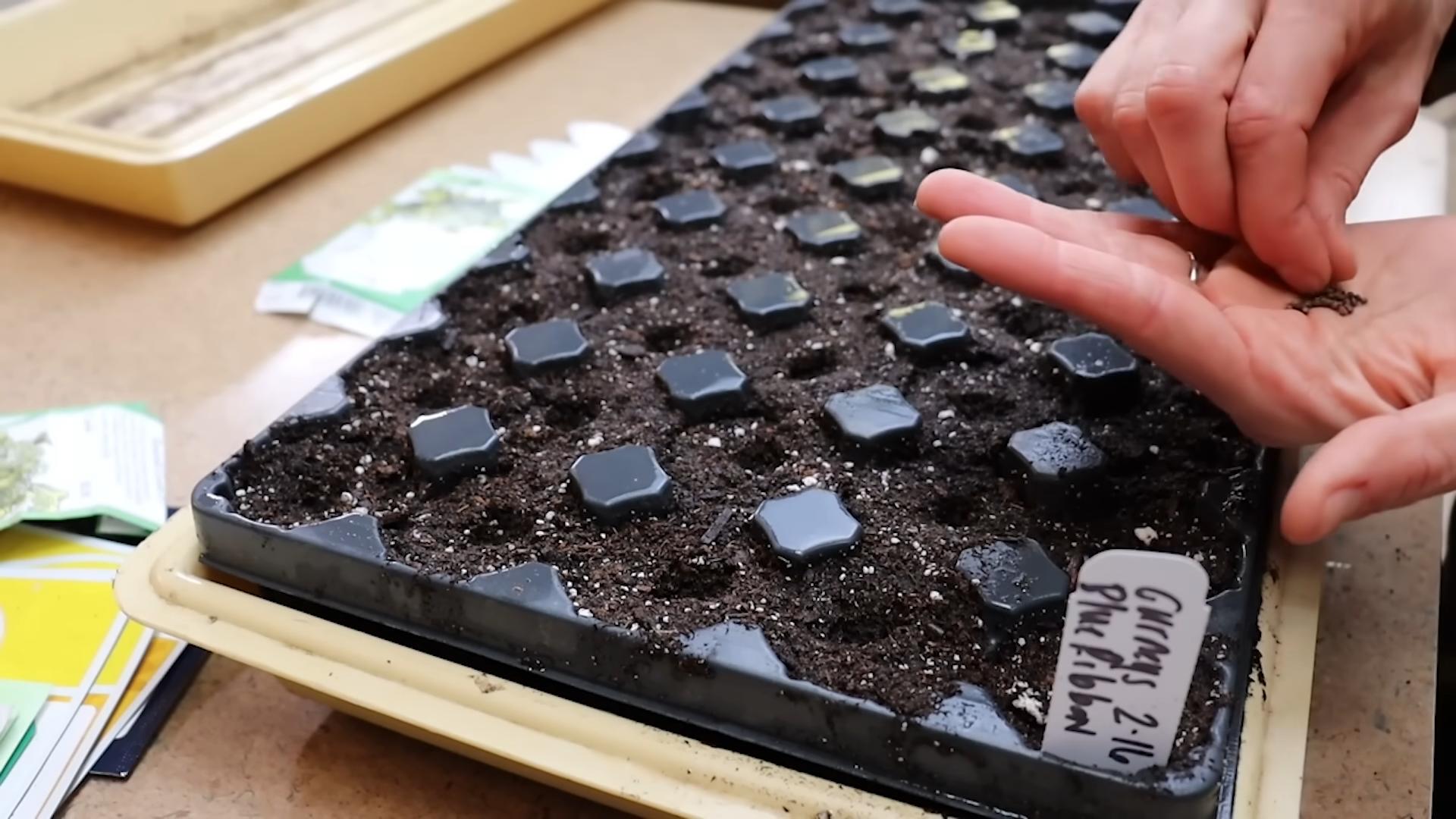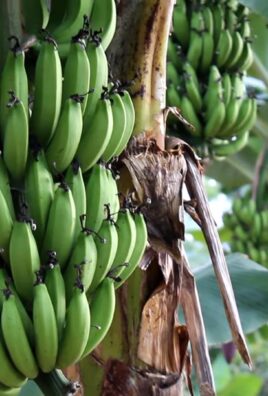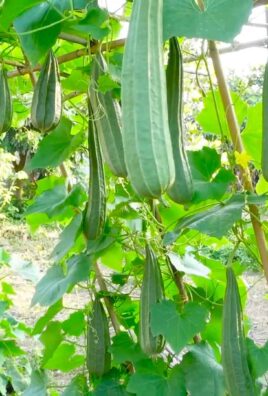Plant Pointed Cabbage at Home? Absolutely! And I’m here to tell you it’s easier than you might think. Forget those supermarket prices and bland, mass-produced veggies. Imagine stepping out into your own backyard and harvesting a crisp, flavorful pointed cabbage, bursting with freshness. Sounds dreamy, right?
For centuries, growing your own food has been a cornerstone of self-sufficiency and a connection to the earth. While the pointed cabbage itself might not have the ancient history of, say, kale, the practice of home gardening is deeply rooted in cultures worldwide. From victory gardens during wartime to the modern-day resurgence of urban farming, people have always sought the satisfaction and health benefits of cultivating their own produce.
But why should *you* bother to plant pointed cabbage at home? Well, beyond the obvious cost savings and superior taste, it’s about control. You know exactly what goes into your food – no harmful pesticides or questionable fertilizers. Plus, gardening is incredibly therapeutic! It’s a fantastic way to de-stress, get some sunshine, and connect with nature. This DIY guide will give you all the tips and tricks you need to successfully grow your own pointed cabbage, even if you’re a complete beginner. Let’s get our hands dirty!

Growing Pointed Cabbage at Home: A DIY Guide
Hey there, fellow gardening enthusiasts! Ever thought about growing your own pointed cabbage? It’s surprisingly easy and incredibly rewarding. Plus, nothing beats the taste of fresh, homegrown veggies. I’m going to walk you through the whole process, from seed to harvest, so you can enjoy delicious pointed cabbage straight from your garden. Let’s get started!
Choosing the Right Variety and Starting Seeds
First things first, you need to pick the right pointed cabbage variety for your climate and preferences. Some popular choices include ‘Hispi’, ‘Caraflex’, and ‘Sweet Point’. Do a little research to see which one thrives best in your area.
Here’s how to start your seeds:
* Timing is key: Pointed cabbage is a cool-season crop, so you’ll want to start your seeds indoors about 4-6 weeks before the last expected frost in spring, or in late summer for a fall harvest.
* Seed starting mix: Use a good quality seed starting mix. This is important because it’s sterile and provides the right nutrients for young seedlings.
* Containers: You can use seed trays, peat pots, or even recycled yogurt containers (just make sure to poke drainage holes!).
* Sowing the seeds: Sow the seeds about ¼ inch deep and gently cover them with soil.
* Watering: Water gently using a spray bottle to avoid disturbing the seeds. Keep the soil consistently moist, but not soggy.
* Warmth and light: Place the containers in a warm location (around 65-75°F) and provide plenty of light. A sunny windowsill or a grow light works well.
* Thinning: Once the seedlings emerge and have a couple of true leaves, thin them out so that only the strongest seedling remains in each container.
Preparing the Garden Bed
While your seedlings are growing indoors, it’s time to get your garden bed ready. Pointed cabbage needs well-drained soil that’s rich in organic matter.
Here’s what I do to prepare my garden bed:
* Choose a sunny spot: Pointed cabbage needs at least 6 hours of sunlight per day.
* Soil testing: It’s always a good idea to test your soil to determine its pH and nutrient levels. Pointed cabbage prefers a slightly acidic to neutral pH (around 6.0-7.0).
* Amend the soil: Amend the soil with compost, well-rotted manure, or other organic matter to improve drainage and fertility. I usually add a generous layer of compost and till it into the soil.
* Fertilizing: If your soil is lacking in nutrients, you can add a balanced fertilizer according to the package directions.
* Weed removal: Remove any weeds from the garden bed. Weeds compete with your cabbage for nutrients and water.
* Creating rows: Create rows that are about 18-24 inches apart. This will give your cabbage plants enough room to grow.
Transplanting the Seedlings
Once your seedlings have developed several true leaves and the danger of frost has passed, it’s time to transplant them into the garden.
Follow these steps for successful transplanting:
1. Harden off the seedlings: Before transplanting, you need to harden off the seedlings. This means gradually exposing them to outdoor conditions over a period of about a week. Start by placing them outside for a few hours each day in a sheltered location, gradually increasing the amount of time they spend outdoors.
2. Choose a cloudy day: Transplanting on a cloudy day will help prevent the seedlings from getting stressed.
3. Dig holes: Dig holes that are slightly larger than the root balls of the seedlings.
4. Carefully remove the seedlings: Gently remove the seedlings from their containers, being careful not to damage the roots.
5. Plant the seedlings: Place the seedlings in the holes and backfill with soil. Make sure the top of the root ball is level with the soil surface.
6. Water thoroughly: Water the seedlings thoroughly after transplanting.
7. Mulch: Apply a layer of mulch around the plants to help retain moisture, suppress weeds, and regulate soil temperature. I like to use straw or shredded leaves.
8. Spacing: Space the plants about 12-18 inches apart within the rows.
Caring for Your Pointed Cabbage
Now that your cabbage plants are in the ground, it’s important to provide them with the care they need to thrive.
Here’s what I do to keep my cabbage plants healthy and productive:
* Watering: Water regularly, especially during dry periods. Pointed cabbage needs consistent moisture to grow well. Aim for about 1 inch of water per week.
* Fertilizing: Fertilize every few weeks with a balanced fertilizer or a fertilizer that’s high in nitrogen. Nitrogen promotes leafy growth.
* Weed control: Keep the garden bed free of weeds. Hand-pull weeds or use a hoe to cultivate the soil.
* Pest control: Keep an eye out for pests such as cabbage worms, aphids, and flea beetles. These pests can damage your cabbage plants.
* Cabbage worms: These are green caterpillars that feed on the leaves of cabbage plants. You can control them by hand-picking them off the plants or by using Bacillus thuringiensis (Bt), a natural insecticide.
* Aphids: These are small, sap-sucking insects that can weaken cabbage plants. You can control them by spraying the plants with insecticidal soap or by releasing ladybugs, which are natural predators of aphids.
* Flea beetles: These are small, jumping beetles that can damage the leaves of cabbage plants. You can control them by covering the plants with row covers or by using insecticidal soap.
* Disease control: Watch out for diseases such as black rot and clubroot. These diseases can kill your cabbage plants.
* Black rot: This is a bacterial disease that causes yellowing and browning of the leaves. You can prevent black rot by planting disease-resistant varieties and by practicing good sanitation.
* Clubroot: This is a fungal disease that causes swollen roots. You can prevent clubroot by liming the soil to raise the pH to 7.0 or higher and by practicing crop rotation.
* Row covers: Consider using row covers to protect your cabbage plants from pests and diseases, especially when they are young.
Harvesting Your Pointed Cabbage
The best part of growing your own pointed cabbage is harvesting it! Pointed cabbage is typically ready to harvest about 60-80 days after transplanting.
Here’s how to tell when your pointed cabbage is ready to harvest:
* Check the head: The head should be firm and compact.
* Size: The head should be the size you desire. Pointed cabbage is typically harvested when it’s about 6-8 inches long.
* Color: The head should be a uniform color, typically green or purple, depending on the variety.
To harvest your pointed cabbage, simply cut the head off the plant with a sharp knife. Leave a few outer leaves on the plant to protect the remaining stem.
Storing Your Pointed Cabbage
If you’re not going to eat your pointed cabbage right away, you can store it in the refrigerator for up to a few weeks.
Here’s how to store your pointed cabbage:
* Wrap it: Wrap the head of cabbage in plastic wrap or place it in a plastic bag.
* Refrigerate: Store the cabbage in the crisper drawer of your refrigerator.
Enjoying Your Homegrown Pointed Cabbage
Now that you’ve harvested your pointed cabbage, it’s time to enjoy it! Pointed cabbage can be eaten raw in salads, cooked in stir-fries, or used to make coleslaw. It’s a versatile vegetable that can be used in a variety of dishes.
Here are a few of my favorite ways to enjoy pointed cabbage:
* Salads: Shredded pointed cabbage adds a crunchy texture and mild flavor to salads.
* Stir-fries: Pointed cabbage is a great addition to stir-fries. It cooks quickly and adds a slightly sweet flavor.
* Coleslaw: Pointed cabbage is a classic ingredient in coleslaw.
* Roasted: Roasting pointed cabbage brings out its sweetness and adds a slightly caramelized flavor.
* Fermented: You can even ferment pointed cabbage to make sauerkraut or kimchi!
Troubleshooting
Even with the best care, you might encounter some problems while growing pointed cabbage. Here are a few common issues and how to address them:
* Slugs and Snails: These pests can munch on the leaves, especially of young plants. Use slug bait, beer traps, or hand-pick them off the plants at night.
* Bolting: If the weather gets too hot, your cabbage

Conclusion
So, there you have it! Mastering the art of planting pointed cabbage at home is not only achievable but also incredibly rewarding. We’ve walked you through the essential steps, from selecting the right seeds and preparing your soil to nurturing your seedlings and harvesting your delicious, homegrown pointed cabbage.
Why is this DIY trick a must-try? Because it offers a multitude of benefits that far outweigh the initial effort. Imagine biting into a crisp, flavorful cabbage that you cultivated yourself, knowing exactly where it came from and what went into its growth. No more worrying about pesticides or long transportation distances. You’ll have access to fresh, organic pointed cabbage right in your backyard, ready to be incorporated into your favorite dishes.
Beyond the superior taste and quality, growing your own pointed cabbage is a fantastic way to connect with nature, reduce your carbon footprint, and save money on groceries. It’s a sustainable and fulfilling activity that can bring joy to your life and provide you with a healthy, nutritious food source.
But the journey doesn’t end here! Feel free to experiment with different varieties of pointed cabbage to discover your personal favorites. Try adding companion plants like marigolds or dill to deter pests and attract beneficial insects. Consider using different types of fertilizer or soil amendments to optimize growth and flavor. The possibilities are endless!
For example, if you live in a warmer climate, you might want to try planting a heat-tolerant variety of pointed cabbage. Or, if you prefer a sweeter flavor, you could experiment with adding a small amount of molasses to the soil. You can also try growing your pointed cabbage in containers if you have limited space.
We encourage you to embrace the challenge and embark on your own pointed cabbage growing adventure. Don’t be afraid to make mistakes – that’s how we learn and grow! And most importantly, don’t forget to share your experiences with us. We’d love to hear about your successes, your challenges, and any tips or tricks you’ve discovered along the way. Share your photos, recipes, and stories in the comments section below. Let’s create a community of passionate home gardeners who are dedicated to growing their own delicious and healthy pointed cabbage!
Planting pointed cabbage at home is more than just a gardening project; it’s an investment in your health, your well-being, and the environment. So, grab your seeds, get your hands dirty, and start growing your own pointed cabbage today! You won’t regret it.
Frequently Asked Questions (FAQ)
1. What is the best time of year to plant pointed cabbage?
The best time to plant pointed cabbage depends on your climate. In general, pointed cabbage is a cool-season crop, meaning it thrives in temperatures between 60°F and 70°F (15°C and 21°C). For spring harvests, start seeds indoors 6-8 weeks before the last expected frost. Transplant seedlings outdoors 2-3 weeks before the last frost. For fall harvests, sow seeds directly into the garden in mid-summer, about 6-8 weeks before the first expected frost. Check your local frost dates to determine the optimal planting time for your region. If you live in an area with mild winters, you may be able to grow pointed cabbage throughout the year.
2. What kind of soil is best for growing pointed cabbage?
Pointed cabbage prefers well-drained, fertile soil that is rich in organic matter. The ideal soil pH is between 6.0 and 7.0. Before planting, amend your soil with compost, aged manure, or other organic matter to improve drainage, fertility, and water retention. If your soil is heavy clay, consider adding sand or perlite to improve drainage. A soil test can help you determine the specific nutrient needs of your soil and guide you in selecting the appropriate amendments.
3. How much sunlight does pointed cabbage need?
Pointed cabbage requires at least 6 hours of direct sunlight per day. Choose a planting location that receives full sun for optimal growth and head development. If you live in a hot climate, some afternoon shade may be beneficial to prevent the leaves from scorching.
4. How often should I water my pointed cabbage plants?
Water your pointed cabbage plants regularly, especially during dry periods. Aim to keep the soil consistently moist but not waterlogged. Water deeply at the base of the plants, avoiding wetting the leaves, which can increase the risk of fungal diseases. Mulching around the plants can help retain moisture in the soil and suppress weeds.
5. What are some common pests and diseases that affect pointed cabbage?
Pointed cabbage can be susceptible to various pests and diseases, including cabbage worms, aphids, flea beetles, clubroot, and black rot. Regularly inspect your plants for signs of infestation or disease. Use organic pest control methods, such as handpicking pests, using insecticidal soap, or applying Bacillus thuringiensis (Bt) to control cabbage worms. To prevent diseases, practice crop rotation, ensure good air circulation, and avoid overwatering. Choose disease-resistant varieties of pointed cabbage whenever possible.
6. How do I know when my pointed cabbage is ready to harvest?
Pointed cabbage is typically ready to harvest when the heads are firm and compact. The exact time to harvest will depend on the variety and growing conditions, but generally, it takes about 60-80 days from transplanting. To harvest, use a sharp knife to cut the head from the stem, leaving a few outer leaves intact.
7. Can I grow pointed cabbage in containers?
Yes, pointed cabbage can be successfully grown in containers, provided you choose a large enough container (at least 12 inches in diameter) and use a well-draining potting mix. Ensure the container has drainage holes to prevent waterlogging. Water and fertilize container-grown plants more frequently than those grown in the ground.
8. What are some good companion plants for pointed cabbage?
Good companion plants for pointed cabbage include marigolds, dill, rosemary, thyme, and nasturtiums. These plants can help deter pests and attract beneficial insects. Avoid planting pointed cabbage near other brassicas, such as broccoli, cauliflower, or kale, as they can attract the same pests and diseases.
9. How can I store harvested pointed cabbage?
Harvested pointed cabbage can be stored in the refrigerator for several weeks. Wrap the head in plastic wrap or store it in a plastic bag to prevent it from drying out. You can also freeze pointed cabbage, but it’s best to blanch it first to preserve its quality.
10. Can I save seeds from my pointed cabbage plants?
Saving seeds from pointed cabbage can be challenging because it is a biennial plant, meaning it typically flowers and produces seeds in its second year. However, if you live in a mild climate, you may be able to overwinter your plants and allow them to flower and produce seeds the following year. Keep in mind that pointed cabbage can cross-pollinate with other brassicas, so if you want to save true-to-type seeds, you’ll need to isolate your plants from other flowering brassicas.





Leave a Comment